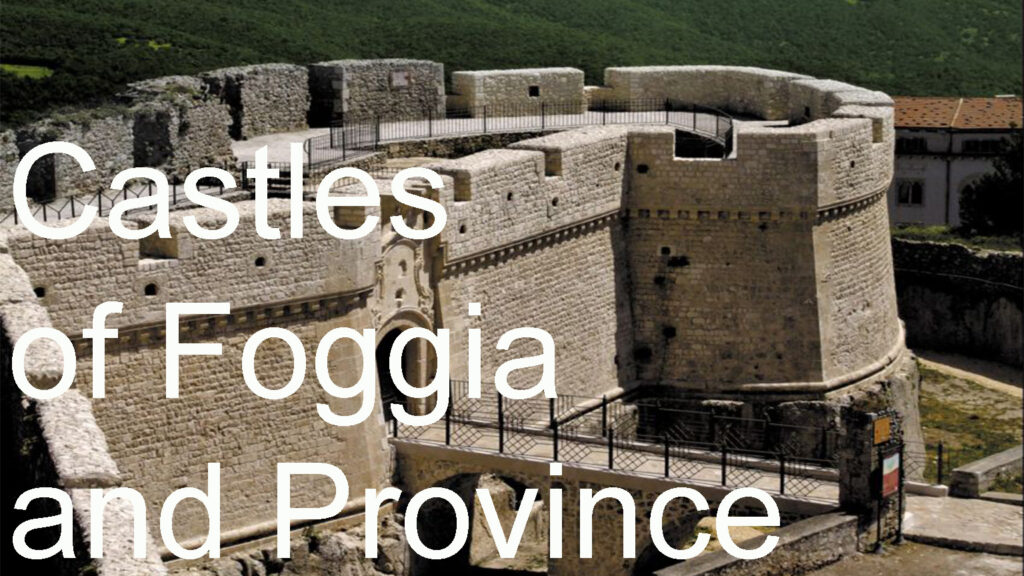Swabian Castle of Trani


Swabian Castle of Trani:
Open to the public: Yes
Days: Wednesday; Thursday; and Saturday.
Closed on Monday and Tuesday
Hours:
(Wed – Thu – Sat) from 8:30 AM to 1:30 PM – (Last entry at 1:00 PM)
(Friday) from 2:30 PM to 7:30 PM – (Last entry at 7:00 PM)
(Sunday: from December 5th) from 8:30 AM to 1:30 PM – (Last entry at 1:00 PM)
Ticket Cost:
Full ticket € 5.00
Reduced ticket € 2.00 (ages 18-25)
Infopoint Phone: +39 0883.506603
Address: Piazza Re Manfredi, 16, 76125 Trani BT, Italy. (open in Google Maps )
The Swabian Castle of Trani is one of the most important and well-preserved medieval castles in Southern Italy. Its history dates back to the Norman period when the city of Trani became a significant commercial and port center in the Mediterranean.
- Norman Foundation: The castle was built in the 12th century during the reign of Frederick II of Swabia, who ruled the Kingdom of Sicily between 1194 and 1250. Its strategic location by the sea made it an important defense point against enemy incursions, especially those of the Saracens.
- Architecture: The Swabian Castle of Trani is an example of Norman and Swabian military architecture. It is primarily constructed with local limestone and features a rectangular shape with corner towers. The castle is surrounded by a moat and has an imposing drawbridge. Inside, the rooms are arranged around a central courtyard.
- Use Over the Centuries: Over the centuries, the castle served various purposes. During the Swabian period, it was a strategic military fortress. Later, under the rule of the Aragonese and the Bourbons, it was used as a prison. During the Napoleonic period, it was repurposed as a barracks, and more recently, it was used as a private residence.
- Restoration and Conservation: Over the years, the Swabian Castle has undergone numerous restoration works to preserve its historical structure. Today, it is open to the public and houses the Civic Museum of Trani, which displays a rich collection of archaeological artifacts, medieval objects, and artworks.
- UNESCO Heritage: In 1996, the Swabian Castle of Trani was included in the UNESCO World Heritage list as part of the “Castles of Puglia” serial site, along with other medieval castles in the region.
The Swabian Castle of Trani is thus a testament to the rich history of the city and its strategic importance over the centuries. Today, it is a popular tourist destination and a place of historical and cultural interest that offers visitors the opportunity to immerse themselves in the medieval history of Southern Italy.





